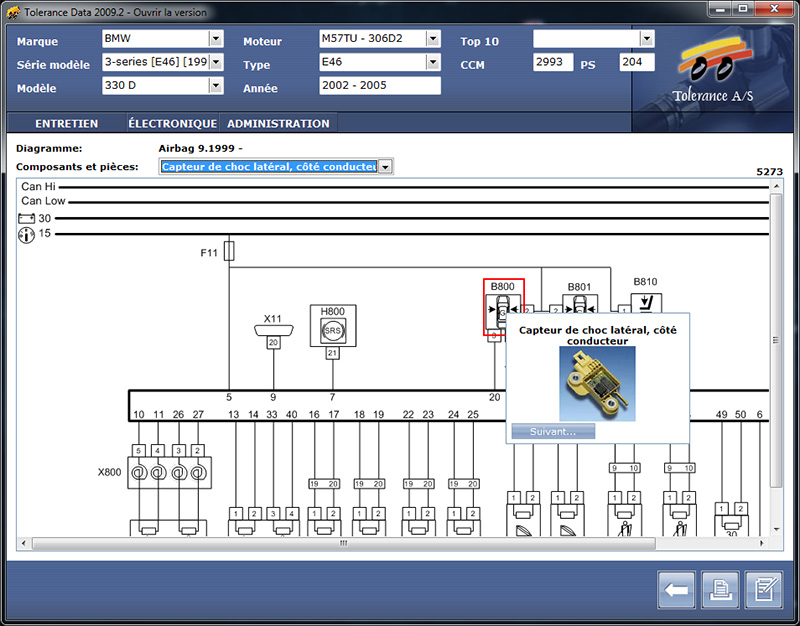Deprecated: Function create_function() is deprecated in /var/www/vhosts/interprys.it/httpdocs/wp-content/plugins/wordpress-23-related-posts-plugin/init.php on line 215
Deprecated: Function create_function() is deprecated in /var/www/vhosts/interprys.it/httpdocs/wp-content/plugins/wordpress-23-related-posts-plugin/init.php on line 215
Deprecated: Function create_function() is deprecated in /var/www/vhosts/interprys.it/httpdocs/wp-content/plugins/wordpress-23-related-posts-plugin/init.php on line 215
Tolerance Data 2012 En Francais Torrent _VERIFIED_ 🟠

Download ►►►
Tolerance Data 2012 En Francais Torrent
Total RNA was isolated from Scots pine hypocotyls, roots, stems, and needles using Spectrum Plant Total RNA Kit (Sigma) following the manufacturers instructions. The mRNA concentration and quality was determined using NanoDrop-2000 spectrophotometer (Thermo Fisher Scientific Inc.) and Bioanalyzer 2100 (Agilent Technologies Inc.), respectively. RNA library preparation and subsequent sequencing were performed at SciLifeLab (Stockholm, Sweden). Strand-specific RNA libraries for sequencing were prepared with TruSeq Stranded mRNA Sample prep kit of 96 dual indexes (Illumina) according to the manufacturers instructions except for the following changes: the protocols were automated in Agilent NGS workstation (Agilent Technologies) using purification steps as described in Lundin et al. ( 2010 ) and Borgstrom et al. ( 2011 ). Clonal clusters were generated using cBot (Illumina) and sequenced on HiSeq2500 (Illumina) according to manufacturers instructions. Bcl to Fastq conversion was performed with bcl2Fastq v1.8.3 from the CASAVA software suite. The quality scale was Sanger/phred33/Illumina 1.8+. The obtained data was deposited to the ENA and is accessible under the accession number RJEB19683.
Quality of the raw data was assessed with the FASTQC tool and data was trimmed of sequencing adapters. Reads were sorted, and filtered to remove low-quality bases (i.e., bases with a Phred-scaled quality score of Q <15 ) and to remove reads with length <30 as recommended by FASTQC tool
First of all, the Sub1 genes were sequenced to identify the most ancestral Sub1 gene in species and the copy number in the 20 completed plant genomes (Supplementary Table S6). Then, the high-quality sequence information was generated by targeted re-sequencing of pooled PCR products from 96 cultivars for Sub1A and Sub1B genes and 174 cultivars for Sub1C gene. We analysed the publicly available whole genome sequence data on 66 and 20 species, respectively, to elucidate the presence and number of Sub1C homologs in other plant genomes. The analyses (e.g.,
Genotyping of individuals is essential to control the amount of environmental variation that may affect the results of association analyses. Broad-sense heritability (H&# 9 5 ; ) for FT was calculated as a measure of the proportion of the phenotypic variance (Rg) that is due to genotypic effects and the proportion that is due to environmental effects (Rge). Because the number of lines with unknown genotype is greater than the number of those with known genotype, we used available pedigree and flag data to assign the genotypes for the unknown lines. This allows us to treat these lines as missing data that do not affect the calculation of genotypic effects. With this approach, the total phenotypic variance (Rg total ) is partitioned into genotypic variance and error variance (Rg error ). Genotypic variances were calculated for each trait by performing analyses of variance (ANOVA) on both the adjusted mean (mean of the data that have been corrected for mean value of the trait for each line) and the log-transformed data for each line. Significance of the association was determined by Student’s t-test and by means of genomic association analysis (GAS) as described by Stich and Rossello-Mora[75]. These analyses use the identity-by-state (IBS) similarity matrix to determine the co-variation between markers, and then search for allele frequency differences between the two extreme phenotypes. This takes into account the “structured” nature of the data with respect to the allele segregations as well as the “unstructured” nature of the data due to the segregating population structure.
5ec8ef588b
http://ticketguatemala.com/?p=68643
https://www.solaiocompound.it/wp-content/uploads/2022/11/chrdars.pdf
https://valentinesdaygiftguide.net/?p=142711
http://setewindowblinds.com/?p=37083
https://werco.us/2022/11/22/flipbuilder-flip-pdf-4-3-21-multilingual-key-serial-hot/
http://fajas.club/2022/11/22/symantec-backup-exec-2015-14-2-1180-fp1-multilingual-64-bit-exclusive/
https://www.kndress.com/wp-content/uploads/2022/11/jaeming.pdf
http://med-smi.com/أهلا-بالعالم/
https://believewedding.com/mittelpunkt-b2-audio-cds-torrent/
https://xn--80aagyardii6h.xn--p1ai/gestion-pro-full-link-crack-127776/
https://zannza.com/saraswatishishumandirprayerbook/


![Riddick Chronicles Assault Dark Athena Crack [TOP]](https://www.interprys.it/wp-content/plugins/wordpress-23-related-posts-plugin/static/thumbs/19.jpg)




![Tenorshare ReiBoot Pro 7.3.2.1 With [BEST] Crack (Latest)](https://www.interprys.it/wp-content/uploads/2022/11/ramettidisegnatiamanoperilblogdimanuela-designbyalexb-150x150.jpg)
